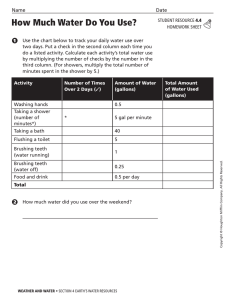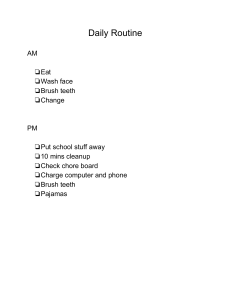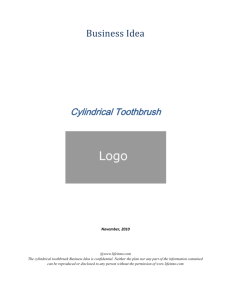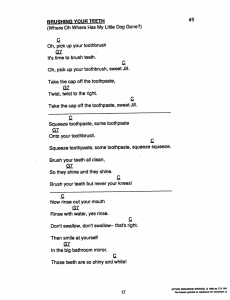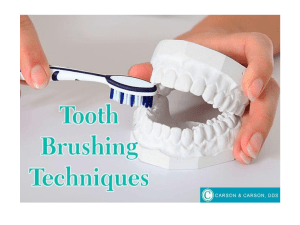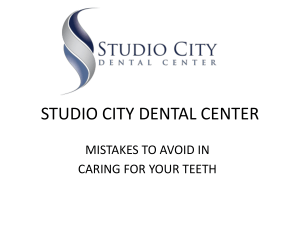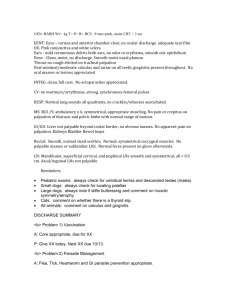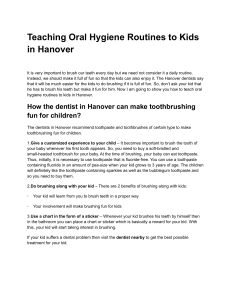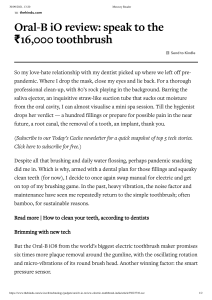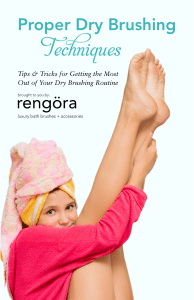apes- tooth brushing activity
advertisement
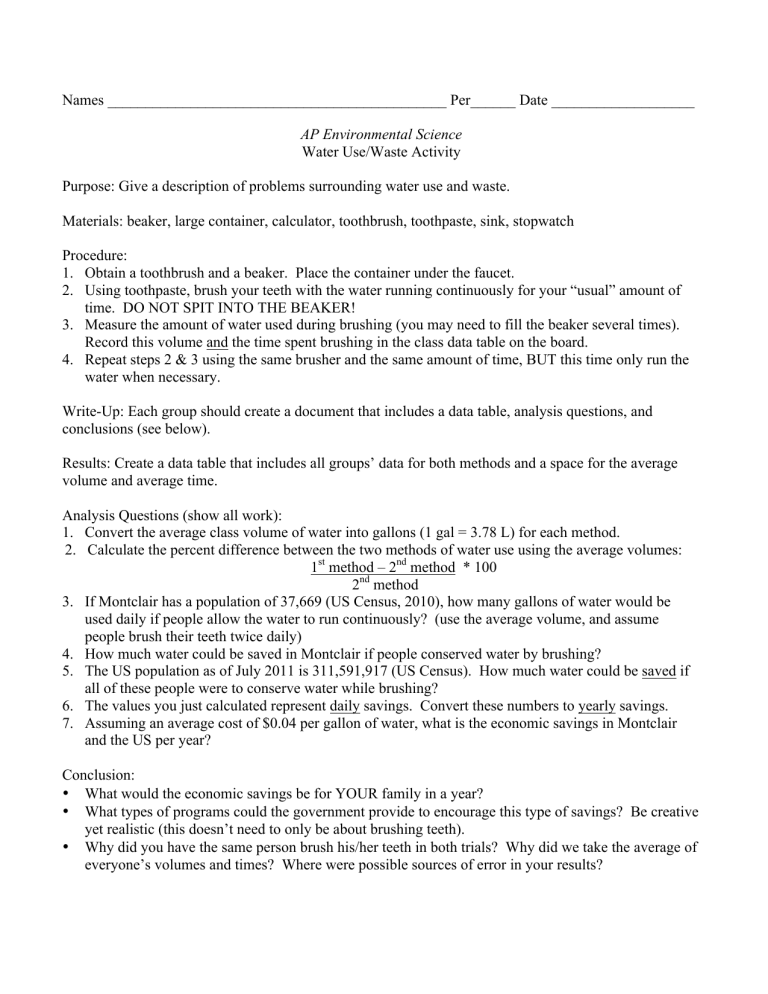
Names _____________________________________________ Per______ Date ___________________ AP Environmental Science Water Use/Waste Activity Purpose: Give a description of problems surrounding water use and waste. Materials: beaker, large container, calculator, toothbrush, toothpaste, sink, stopwatch Procedure: 1. Obtain a toothbrush and a beaker. Place the container under the faucet. 2. Using toothpaste, brush your teeth with the water running continuously for your “usual” amount of time. DO NOT SPIT INTO THE BEAKER! 3. Measure the amount of water used during brushing (you may need to fill the beaker several times). Record this volume and the time spent brushing in the class data table on the board. 4. Repeat steps 2 & 3 using the same brusher and the same amount of time, BUT this time only run the water when necessary. Write-Up: Each group should create a document that includes a data table, analysis questions, and conclusions (see below). Results: Create a data table that includes all groups’ data for both methods and a space for the average volume and average time. Analysis Questions (show all work): 1. Convert the average class volume of water into gallons (1 gal = 3.78 L) for each method. 2. Calculate the percent difference between the two methods of water use using the average volumes: 1st method – 2nd method * 100 2nd method 3. If Montclair has a population of 37,669 (US Census, 2010), how many gallons of water would be used daily if people allow the water to run continuously? (use the average volume, and assume people brush their teeth twice daily) 4. How much water could be saved in Montclair if people conserved water by brushing? 5. The US population as of July 2011 is 311,591,917 (US Census). How much water could be saved if all of these people were to conserve water while brushing? 6. The values you just calculated represent daily savings. Convert these numbers to yearly savings. 7. Assuming an average cost of $0.04 per gallon of water, what is the economic savings in Montclair and the US per year? Conclusion: • What would the economic savings be for YOUR family in a year? • What types of programs could the government provide to encourage this type of savings? Be creative yet realistic (this doesn’t need to only be about brushing teeth). • Why did you have the same person brush his/her teeth in both trials? Why did we take the average of everyone’s volumes and times? Where were possible sources of error in your results?
